|
Image Source: Pxhere - https://pxhere.com/en/photo/773870 "The genus Theobroma originated millions of years ago in South America, to the east of the Andes. Theobroma has been divided into twenty-two species of which T. cacao is the most widely known. It was the Maya who provided tangible evidence of cacao as a domesticated crop. Archaeological evidence in Costa Rica indicates that cacao was drunk by Maya traders as early as 400 BC. The Aztec culture, dominant in Mesoamerica from the fourteenth century to the Conquest, placed much emphasis on the sanctity of cacao.
The first outsider to drink chocolate was Christopher Columbus, who reached Nicaragua in 1502 searching for a sea route to the spices of the East. But it was Hernan Cortés, leader of an expedition in 1519 to the Aztec empire, who returned to Spain in 1528 bearing the Aztec recipe for xocoatl (chocolate drink) with him. The drink was initially received unenthusiastically and it was not until sugar was added that it became a popular drink in the Spanish courts. Cocoa needs a soil containing coarse particles and with a reasonable quantity of nutrients, to a depth of 1.5m to allow the development of a good root system. Below that level it is desirable not to have impermeable material, so that excess water can drain away. Cocoa will withstand waterlogging for short periods, but excess water should not linger. The cocoa tree is sensitive to a lack of water, so the soil must have both water retention properties and good drainage. Variations in the yield of cocoa trees from year to year are affected more by rainfall than by any other climatic factor. Trees are very sensitive to a soil water deficiency. Rainfall should be plentiful and well distributed through the year. An annual rainfall level of between 1,500mm and 2,000mm is generally preferred. Dry spells, where rainfall is less than 100mm per month, should not exceed three months. The cocoa tree will make optimum use of any light available and traditionally has been grown under shade. Its natural environment is the Amazonian forest which provides natural shade trees. Shading is indispensable in a cocoa tree's early years." Source: ICCO (2013) https://www.icco.org/about-cocoa/growing-cocoa.html Image Source: Myles Ritchie - The Outdoor Circle "Ohia trees will become unhealthy if the soil they are planted in becomes saturated and waterlogged. To avoid this problem, plant your Ohia in a soil with good drainage. The soil should also be rich in organic material, which will nourish the growing Ohia tree and keep it healthy. Dig a hole that is twice as wide as the root ball. The Ohia roots will have sufficient room to expand in a hole of this size. Make the hole roughly the same depth as the root ball, so that the trunk of the seedling will not be buried. Plan to water your Ohia tree at least once a week, using water from a household hose. Hours after watering, make sure that the soil is draining well. You should not see any puddles around the base of the Ohia tree, and the soil should be damp but not saturated. Once planted it should be watered daily for up to 3-4 months in well drained soil. After that once every 2-3 days is sufficient unless you live in a very dry place or on the beach. In order to keep the tree healthy and encourage its growth, you can also apply a fertilizer. Purchase an 8-8-8 or 13-13-13 fertilizer, and apply it to the base of the Ohia tree once every six months. Ohia trees need near-constant sunlight during daylight hours, and so should be planted in an open space that affords plenty of light.[3] Do not plant your Ohia tree near a large wall or building that will block the sun. Similarly, do not plant the Ohia near a larger tree or bush whose foliage will prevent sun from reaching the Ohia. Plant the tree at least 10 feet (3 meters) away from your doors, garage door, or windows that you enjoy leaving open because the tree will attract bees, wasps, and other insects. Ohia trees grow quickly, and will become root-bound if left in a pot for too long. Put the plant in soil in the ground as soon as it grows large enough to encourage healthy growth, or about 1 foot (0.3 meters) tall. Young Ohia trees and bushes that have not fully grown may prefer partial sun (about 6 hours of sun exposure a day), until they reach maturity. If your Ohia is in the ground, you won’t be able to change its sun exposure as it matures because it dislikes root disturbance." Source: Lauren Kurtz (2019) https://www.wikihow.com/Grow-an-Ohia-Tree Image Source: Myles Ritchie - The Outdoor Circle
Image Source: Myles Ritchie - The Outdoor Circle "Subtropical dry to wet and tropical very dry to wet forest climates. Typically 0–700 m (0–2300 ft) with rainfall of 640–4290 mm (25–170 in). Growth rate: Moderately fast growing in favorable conditions, growing 0.5–1.5 m (1.6–5 ft) per year. Soil drainage: It requires free drainage. Soil acidity: It grows in lightly acidic to alkaline soils (pH 5–8). The tree prefers light and medium texture soils (sands, san- dy loams, loams, and sandy clay loams). Although the species is an indicator of stream courses, it favors well drained, moist soils. Kukui tolerates a modest amount of salt spray and is oc- occasionally found growing near the coast. It tolerates both steady and storm winds and makes a suit- able windbreak tree, especially in a multi-row windbreak. The tree can grow well even on relatively poor sites, pro- vided ample soil moisture is available, particularly during establishment.
Hundreds of flowers, small and ivory to white in color are hardly even noticed but the nut that develops is prized for its high oil content and its ability to burn for about 15 minutes giving it the nickname candlenut. Candlenut trees thrive in moist tropical regions. Considered highly ornamental it can reach 65 feet or more at maturity and have wide spreading branches. At the nursery these trees are grown under 20-40% shade cloth. If you plant this tree in a brightly lit area you may experience leaf burn. It is best to acclimate this plant to its environment by keeping it outside and slowly moving it into a sunny area over a week or two to avoid stress before planting.' Candlenut Trees enjoy a well drained, general potting mix easily found at your local box store. Remember try to stay away from arid or wet, mucky soils. To help establish your new Candlenut Tree, fertilize sparingly ten inches away from the base, tri-annually with a slow time released product. Unfertilized they will tend to grow at a slower pace. Note: The heavy salts in cheaper fertilizers will damage the roots and possibly kill the plant. It's best to use a brand you know and trust." Source: Craig R. Elevitch & Harley I. Manner (2006) (https://www.doc-developpement-durable.org/file/Arbres-Bois-de-Rapport-Reforestation/FICHES_ARBRES/Arbres-non-classes/Aleurites-kukui.pdf) Image Source: Brian Bagnall - The Outdoor Circle "How To Plant A Fruit Tree
How To Fertilize Top dress with fertilizer at planting and every 8 to 12 weeks with a type that has a 3:1:2 ratio of Nitrogen (N), Phosphate (P) and Potassium (K) for optimal growth of the tree for the first year or two. Fertilizer should be applied in a wide circle around the tree, starting at the drip line and extending out. The idea is to encourage the roots to grow away from the trunk, become anchored and seek nutrients. The canopy of the tree generally follows the root growth. When trees reach fruiting size change the fertilizer to a type with a ratio of 1:1:3 N:P:K. This will slow leaf and branch growth and encourage flowering, fruit set and fruit development. Continue to mulch with composted or fresh leafy plant material to provide humus, the organic component of soil composed of decomposing plant material in the soil by microorganisms. Humus works with the soil to hold nutrients around the tree longer. Mulch will keep soil temperature lower and discourages weeds. Dolomite (agricultural) lime, or Calcium can be important to apply to some of your fruit trees, especially avocados. Having your soil tested is good practice to ensure healthy growth. Minor and trace nutrients should also be applied annually or semi-annually, depending on rainfall, species and location. Some fertilizer formulations may contain minor nutrients along with N-P-K, such as “palm-citrus special,” and others. Pest Management We recommend Integrated Pest Management on fruit trees, this method is used in order to first identify and understand the pest and reduce the damage it causes; rather than eliminate the pest. Using strong broad spectrum pesticides kills all insects, good and bad, this practice eliminates beneficial insects that can help to reduce populations of the pest insect. Aphids can be controlled by horticulture insecticidal soaps and oils. Mites can be controlled with wettable sulfur powder. Many common fungi can be controlled with Kocide; a wettable powder containing Copper, a minor nutrient needed by trees and a natural fungicide. Caterpillars can be controlled with B.T, Dipel or Thuricide; a naturally occurring bacterium that only affects the caterpillars." Source: Plant It Hawaii (2020) https://www.plantithawaii.com/tree-care |
AuthorWrite something about yourself. No need to be fancy, just an overview. ArchivesCategories |
Proudly powered by Weebly

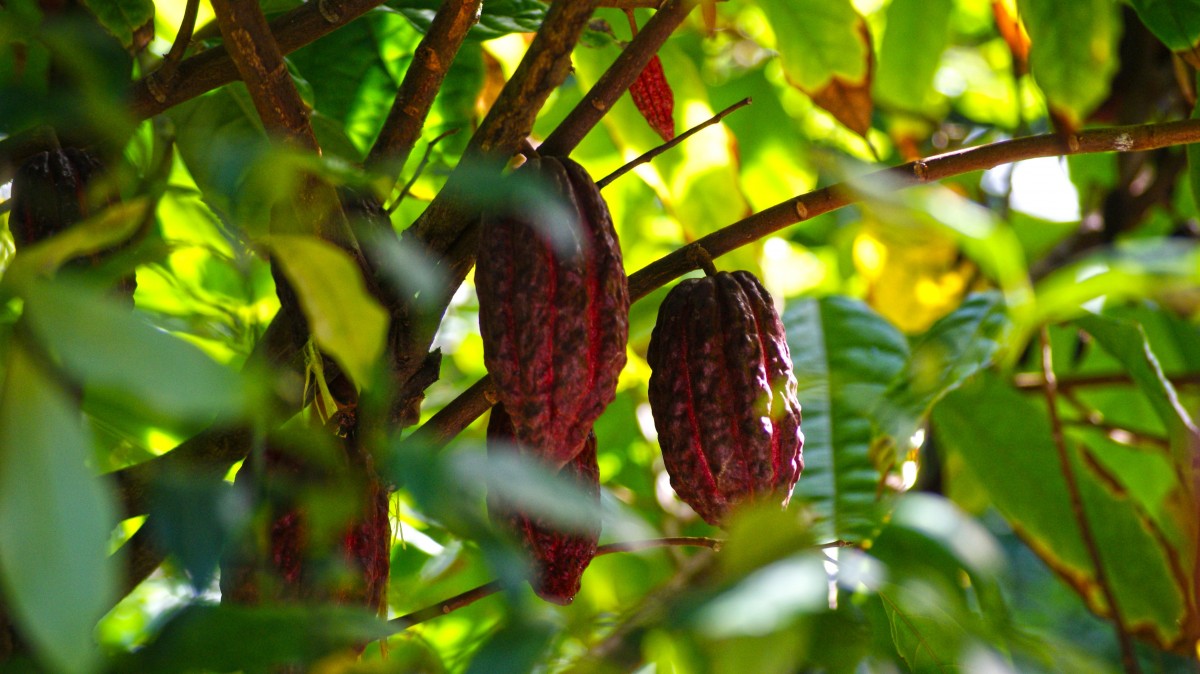
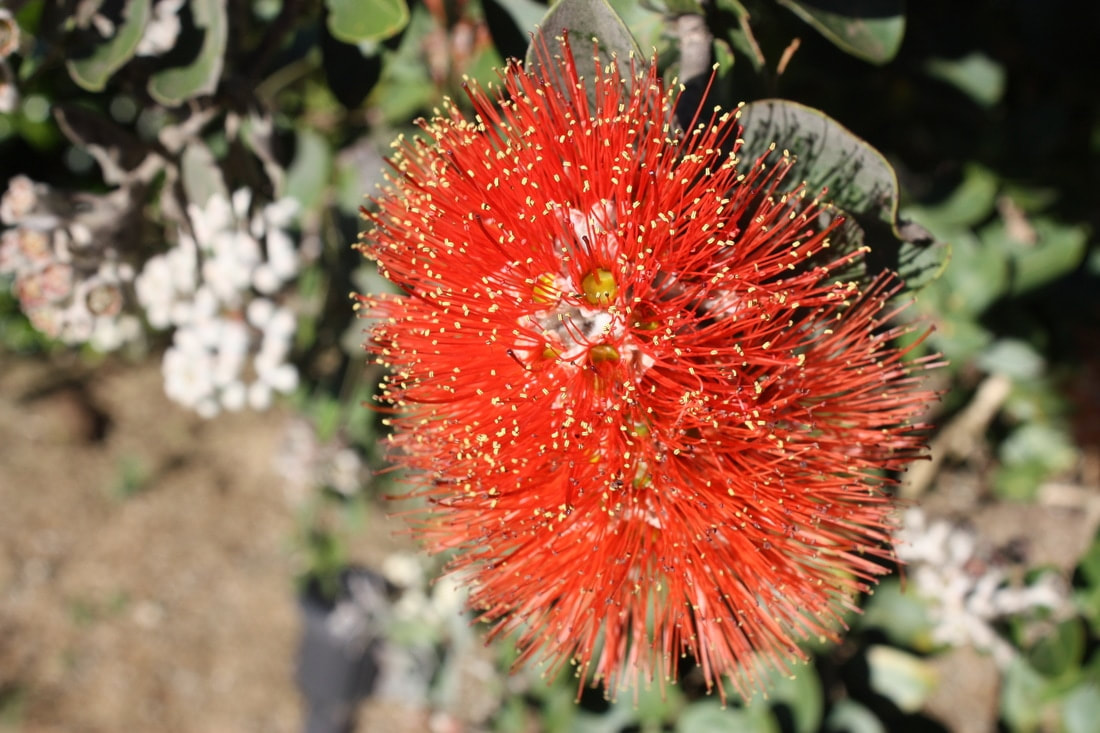
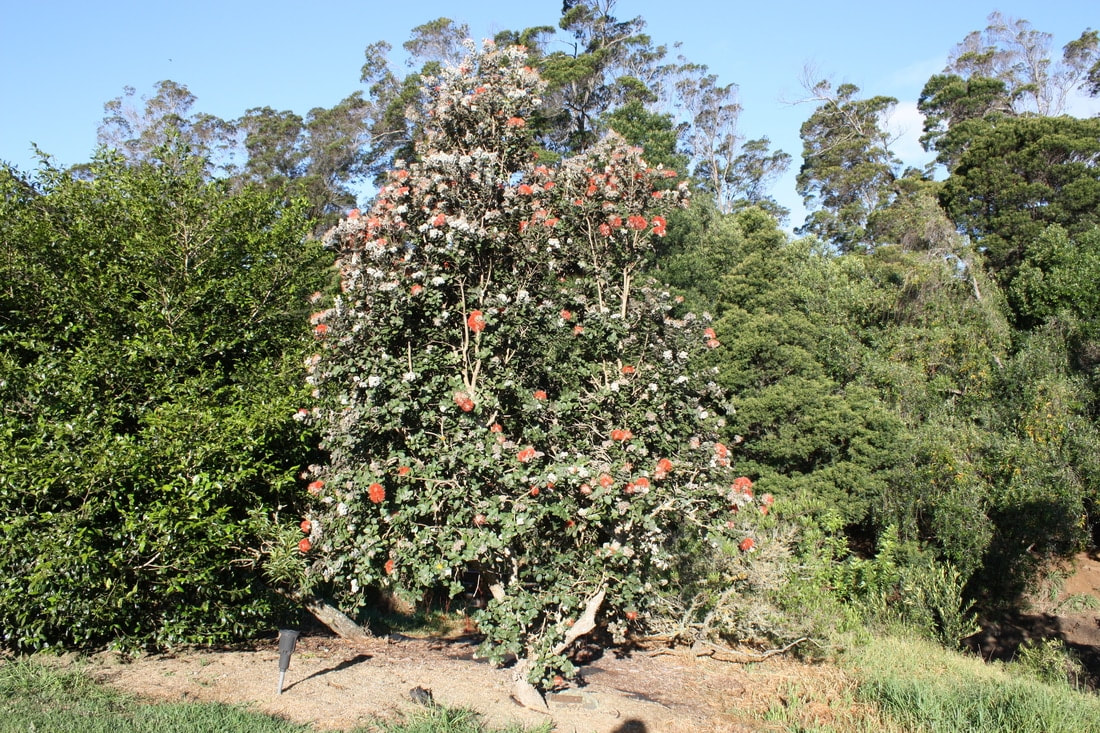
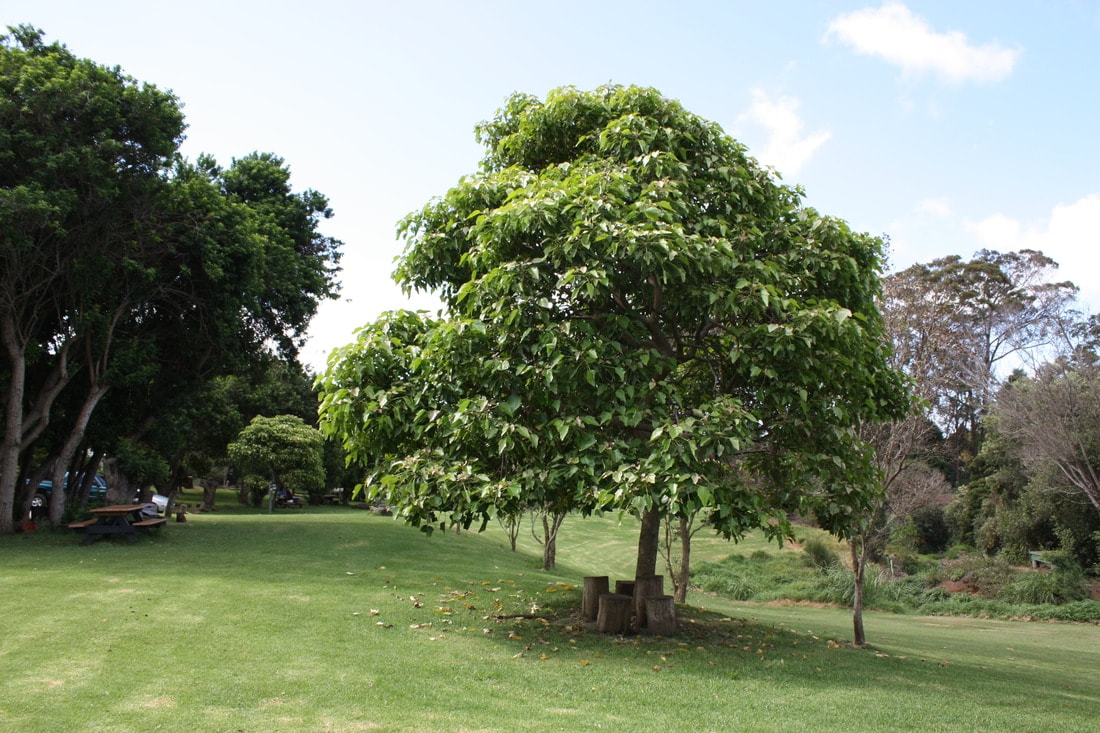
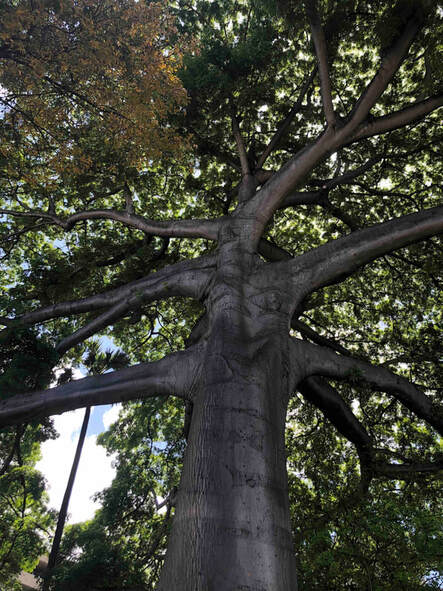
 RSS Feed
RSS Feed